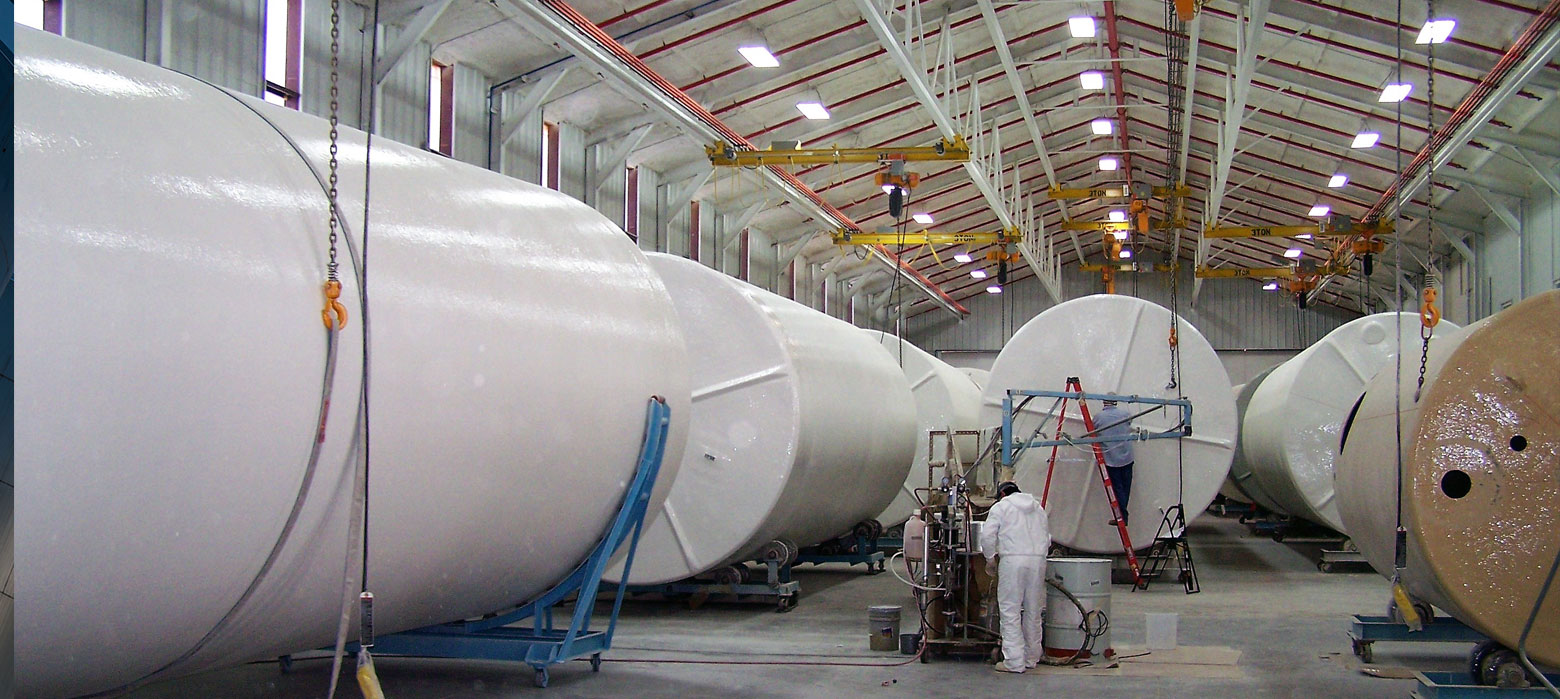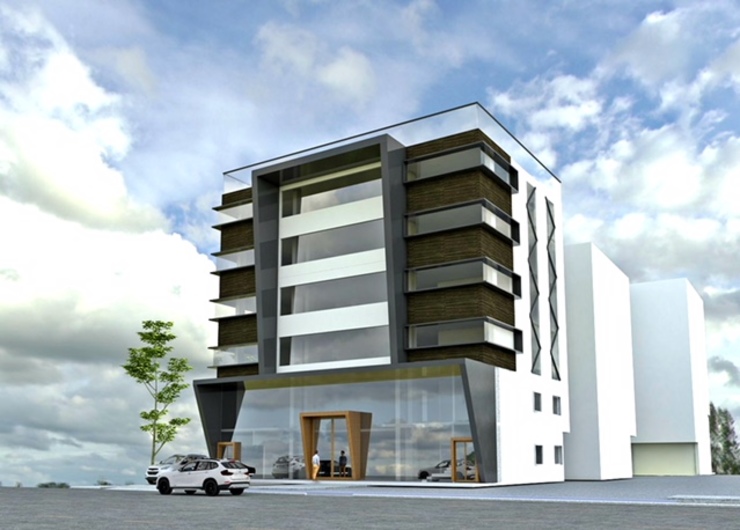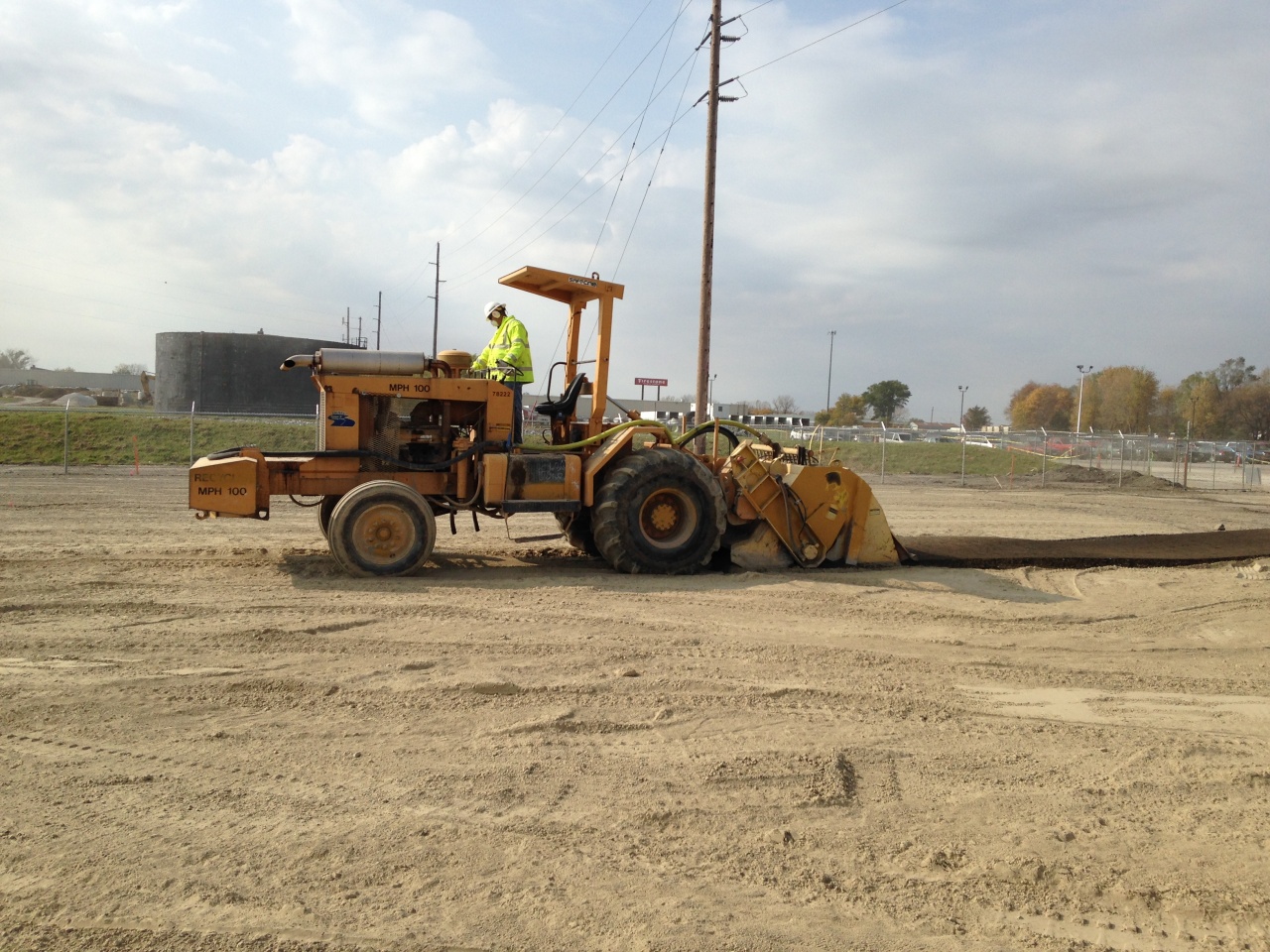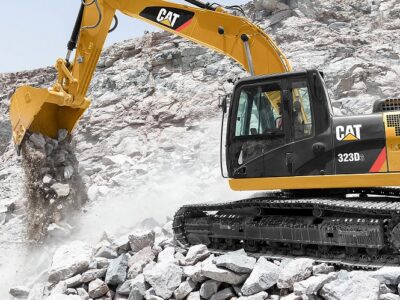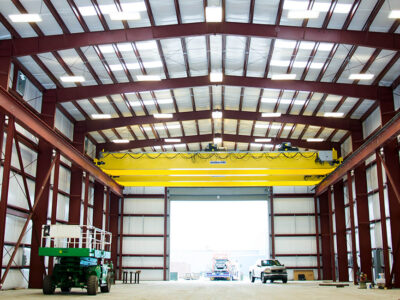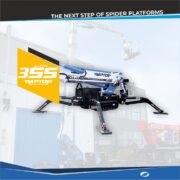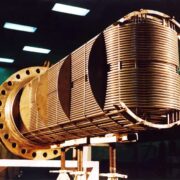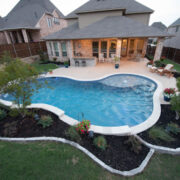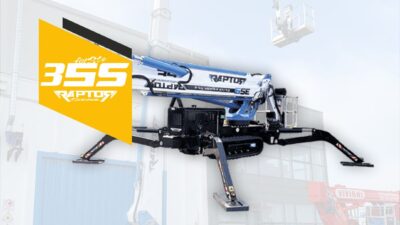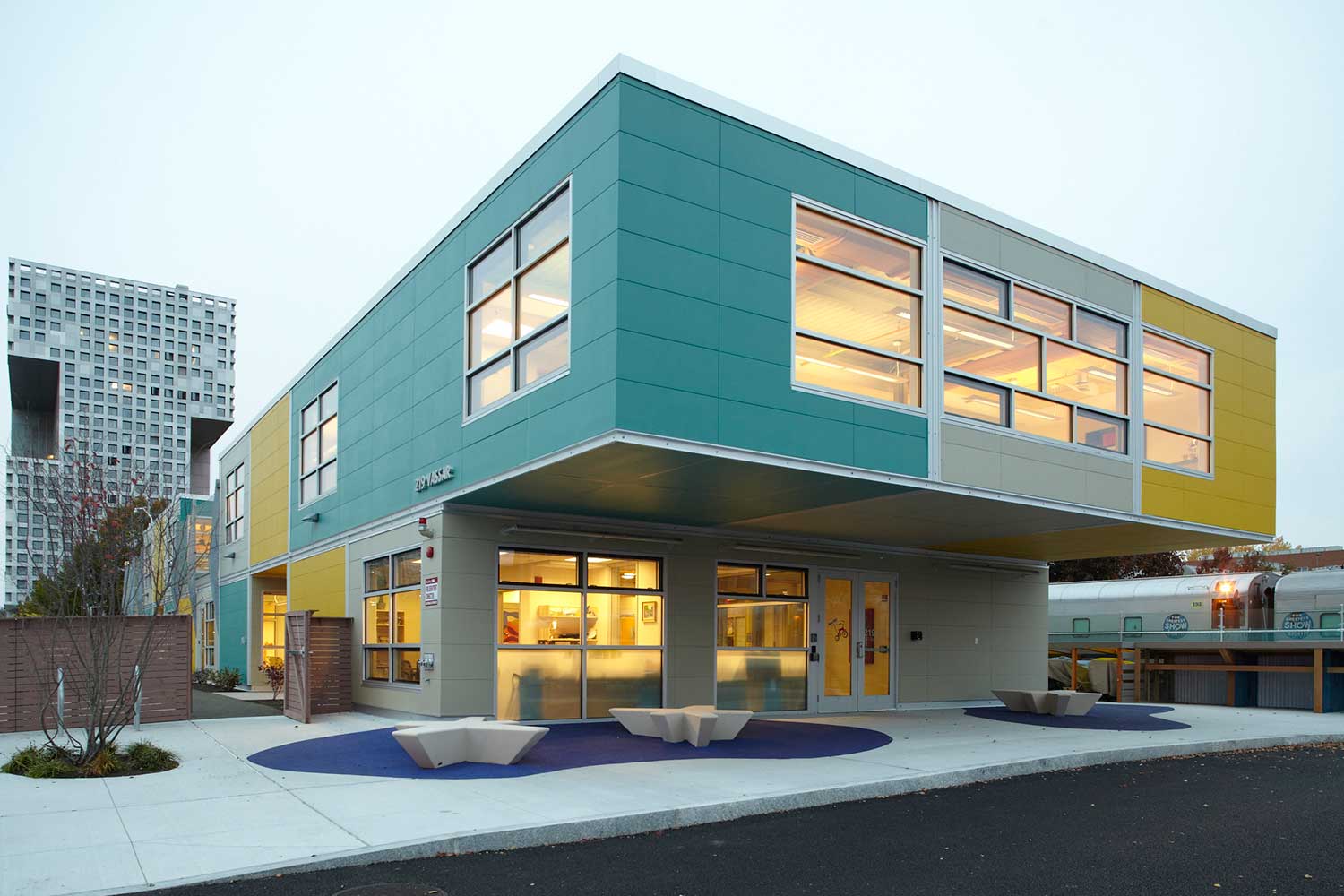

Popular with domestic homeowners as well as corporate business facilities, modular buildings serve a number of purposes and have their own distinct advantages and disadvantages. A modular building is a construction which is formed of separate sections prefabricated to the required dimensions, which are then put together to form the final building.
In some places, these are temporary structures, such as office spaces within a housing development or as a temporary classroom, whilst others are built to be long term and permanent useful spaces. Although initially they were popularised as being ideal for building projects in areas where the usual construction methods are inaccessible, such as remote rural locations, increasing numbers of churches, hospitals, schools, retail chains and restaurants are turning to modular construction to meet their needs.
One of the key money saving aspects to a modular construction is the fact that they are generally built elsewhere on a production line and can be transported to their required location in a relatively complete form. This substantially reduces the amount of time in which there is disruption to the site, as installation can be completed in as little as hours.
This means that businesses or schools can expand quickly, without jeopardising their current processes and causing unnecessary noise and distraction for team members and pupils. Once they are completed, modular buildings are generally not easily distinguished from their ‘bricks and mortar’ counterparts, and have all the facilities necessary. In addition, a well-constructed modular building should depreciate in the same way as a site-built addition to the premises, retaining its value for many years.
It is their cost effectiveness which attract many people and businesses to the idea of using modular buildings to extend their properties. According to the major manufacturers of modular spaces, there are three factors which contribute to their excellent prices. Firstly, as mentioned, there is a very quick construction time for building the modular space into the existing site.
This reduces the disruption time, which therefore does not have a detrimental effect on productivity and the associated loss of earnings. The modular unit can be built in the factory whilst the preparation to the site is taking place, and this simultaneous progress means that overall build length could be up to half as long as on a site-built brick project.
Moreover, that the modular spaces are built in factories means they are not susceptible to changing weather patterns. A day of hard rain will not mean that progress must halt, as is often the case with site-specific builds. Protection from the elements also means that building materials avoid damage. Finally, the large production lines are building modular units in vast quantities – enabling them to negotiate discounts on materials from suppliers for working in bulk.


